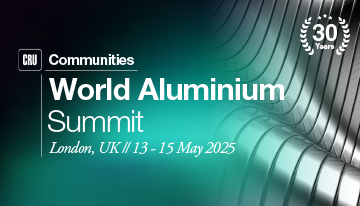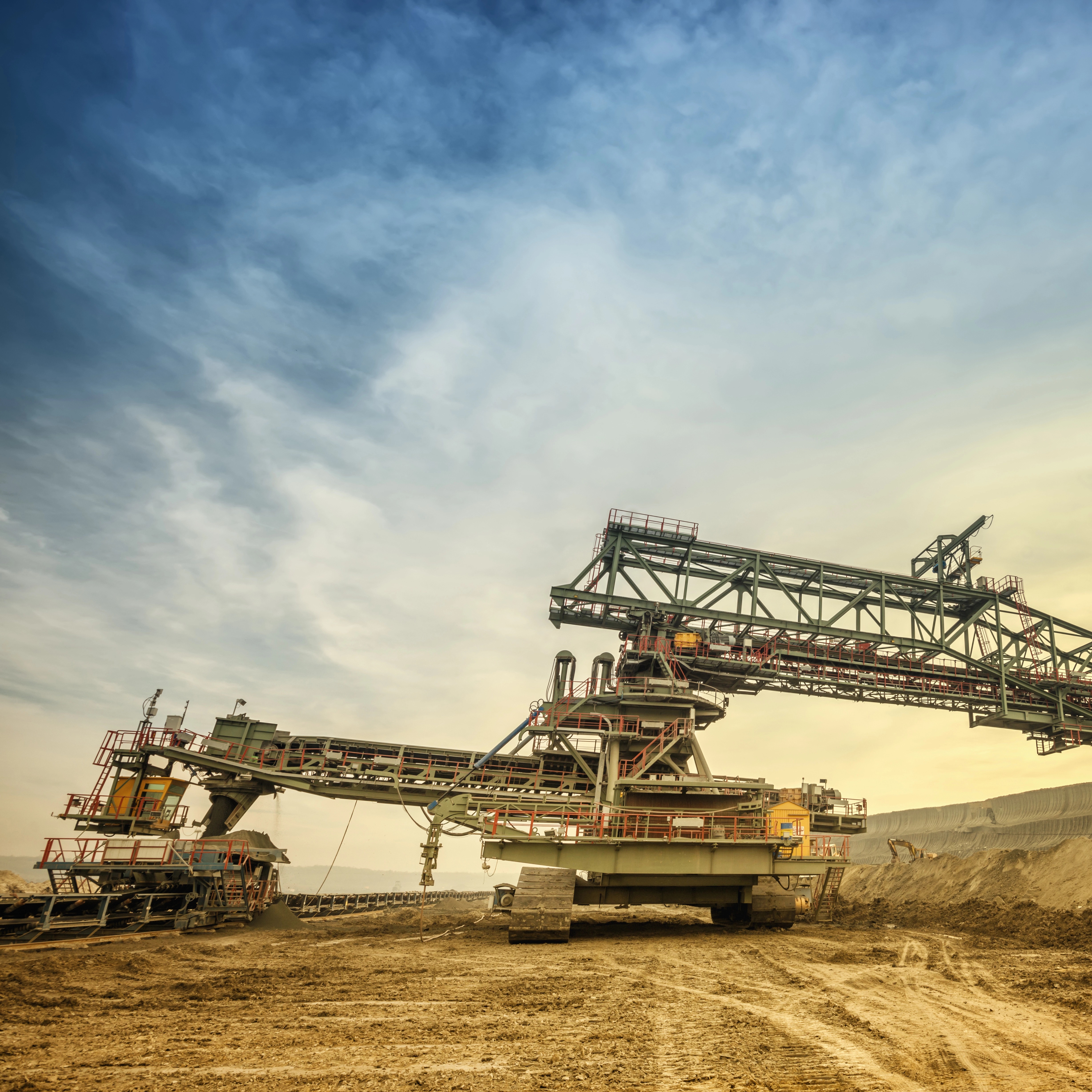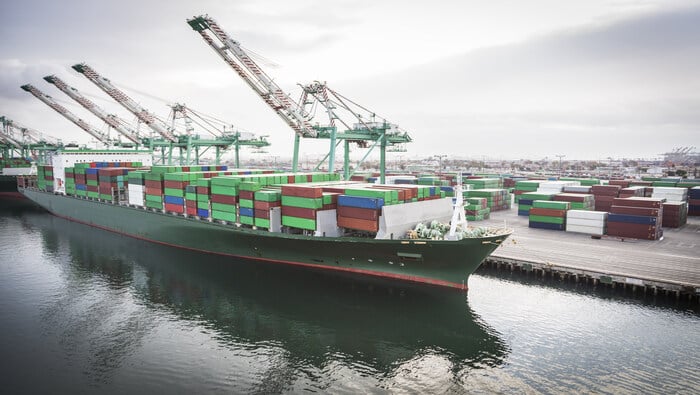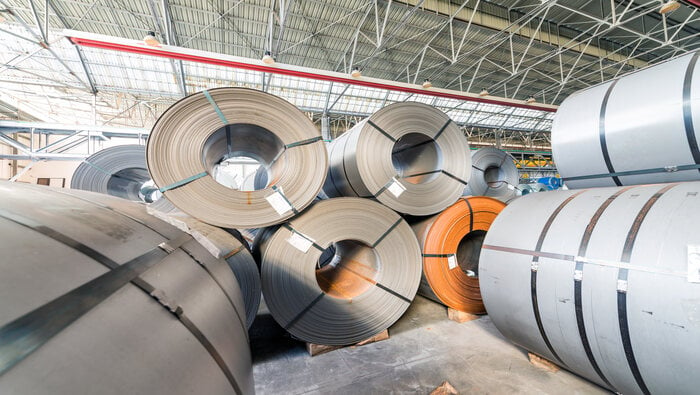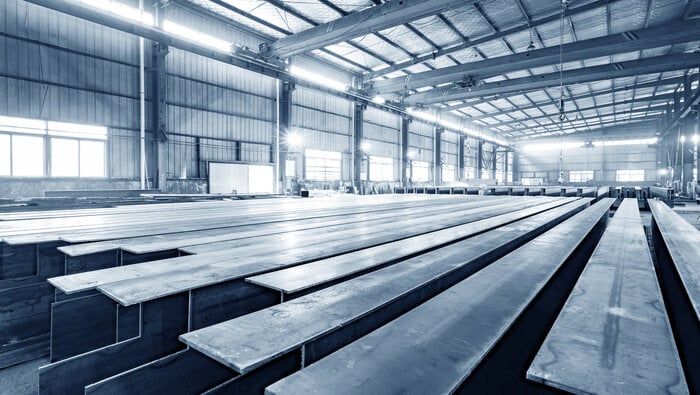Eoin Dinsmore, Principal Consultant
Aluminium is a truly global market, and at the moment there's a lot happening in this market. China is playing a key role, deciding if it will curtail capacity, and where prices are heading as a result.
This means we're getting great coverage of what's happening in China live from the ground, and our Chinese speaking analysts in the UK are analysing the information.
We're getting great insights, understanding the dynamic changes that are happening in the Chinese market, and we reflect this in our analysis of the LME Shanghai markets. We want to push this valuable work out to our subscribers.
What trends are you seeing in aluminium today?
We have seen a huge influx in investor capital into the aluminium market. We've seen prices rally through 2016 and 2107. The market is trying to price the impact of capacity closures in China.
Looking forward, we believe there are great risks around this development, in that there is a lot of faith from the market that China is going to deliver on these closures. But there are headwinds here: the US dollar has been weak this year, and there has been a great increase in investment in China. It is this overall environment that has given people the faith that China will deliver on capacity closures.
For aluminium, we’re in the middle of a story of a major step change in the approach to production growth from the Chinese government, with closures of newly constructed smelters. This is having a massive impact on the price of aluminium and will continue to be a huge trend in the industry.
We work towards a better understanding of how well China can constrain production growth, and what this means for the market and the rest of the world, along with the knock on impacts of price, production growth in the rest of the world, and global trade.
Why CRU aluminium?
We've been doing this for a long time. We've been tracking the aluminium market since the 1960s. We've developed great methodologies and understandings of the different markets over that time.
Our analysts are both analysing the current market – assessing prices for short term reports – and looking to future trends as well, using our demand and supply cost models to build a view of the future.
As the market has changed since the 1960s, we've had to expand our footprint. We now have analysts in Beijing, Mumbai, Pittsburgh and London, giving that full global view of what is now very much a global market.

